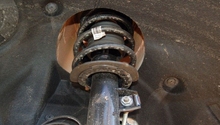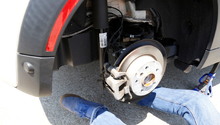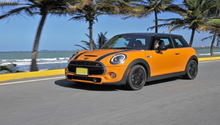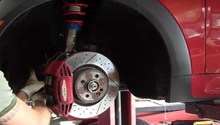Mini Cooper 2007-2013: Suspension Diagnostic Guide
Here are some of the most common suspension problems owners face and how to fix them.
This article applies to the Mini Cooper (2007-2013).
Suspension problems can often be difficult to diagnose because all the components that can fail often exhibit similar symptoms. Tracking down the source of your problem generally requires a little detective work, which can take some time to complete. Ignoring these symptoms is not a good idea, however, because what starts out as a subtle noise can often lead to a major and potentially dangerous problem in time. Here are some of the most common Mini Cooper suspension issues, what causes them, and the typical fix for each.

Materials Needed
- Floor jack and jack stands
- Drop light or flashlight
- Standard size socket set or wrenches
- Pry bar
Step 1 – Knocking noises
Knocking noises are quite common in the R56, especially in cold weather.
Even on low mileage cars, knocking noises coming from the suspension are quite common in the R56. The problem is amplified in cold weather and at lower speeds. While there are a lot of opinions on what causes this issue (sway bar bushings, ball joints, tie rod ends, steering rack, and shocks), the most common culprit is the sway bar end links. The bushings inside the links are actually made of plastic, which rattles against the metal end links. In cold weather, the plastic shrinks and amplifies the problem by widening the gap. If your car is under warranty, the dealership will likely replace them for you, but an even better option is a set of aftermarket, metal end links.
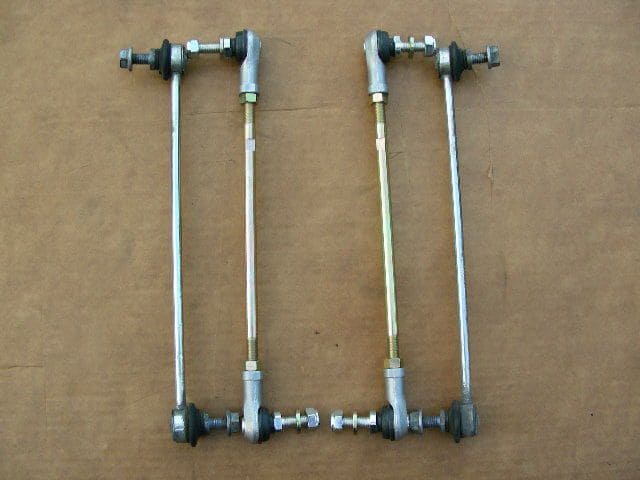
Step 2 – Bouncy ride
Does your car feel more like a horse and buggy than a modern automobile?
The first thing most people think about when they imagine a bouncy ride is bad shocks, and they're usually right. Worn out shocks can make driving over even fairly smooth surfaces an unpleasant experience, so this is the first thing you want to check. Push down on each corner of the car and observe what happens. If the car rises back up quickly and bounces, it's time to start shopping for some shocks. A quick visual check for shocks is to jack the car up and look at the body of the shock. If the shock appears wet, that's likely the shock fluid leaking out because the shock is dead.
Some Mini Cooper owners have had issues with bouncing when they lower their cars too much as well. This problem can come from the wrong mix of parts, including the installation of drop springs without also installing aftermarket shocks designed for the lower ride height. Cutting corners to save cash is usually a recipe for disaster.
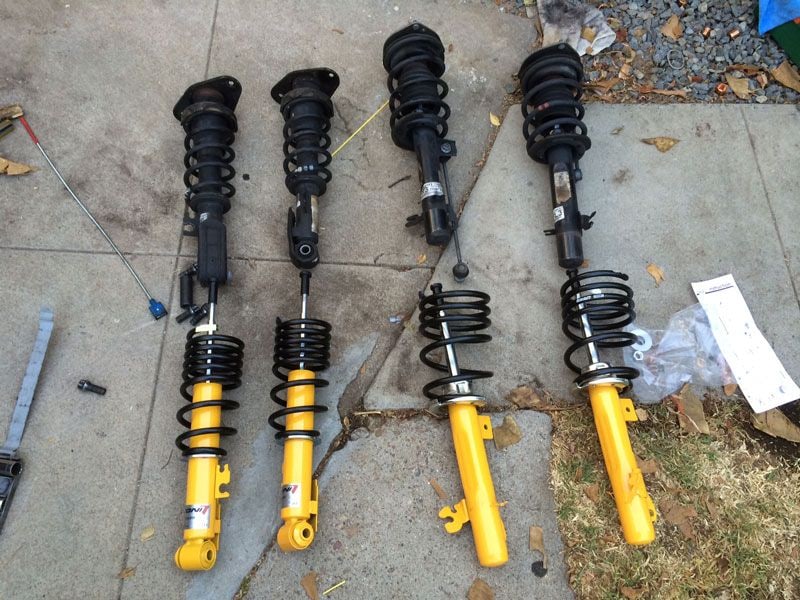
Step 3 – Clunking noises
Clunks usually occur when turning corners or driving over uneven surfaces.
Clunking noises usually start out as quiet and infrequent, but slowly get progressively louder and more frequent. If you've recently installed suspension components and then noticed a problem, go back and make sure all the bolts are torqued properly. Many suspension bolts need to be torqued to spec with the suspension loaded. Also check to make sure nothing is rubbing. This problem is amplified by larger diameter bars and cheap aftermarket options, so buyer beware.
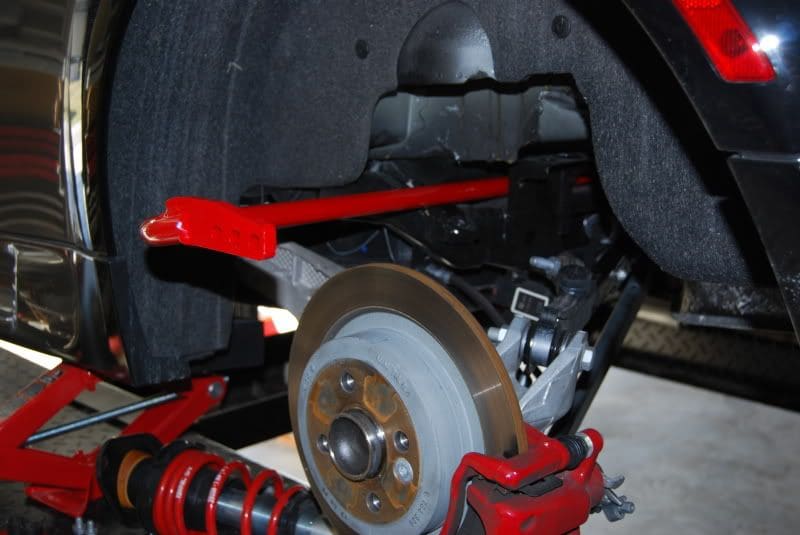
Related Discussions
- Suspension Knocking Noise in Cold Weather - NorthAmericanMotoring.com
- Clunking Noise with Rear Sway Bar Install - NorthAmericanMotoring.com
- Knocking Noise from Front - NorthAmericanMotoring.com
- Suspension Problem - NorthAmericanMotoring.com

